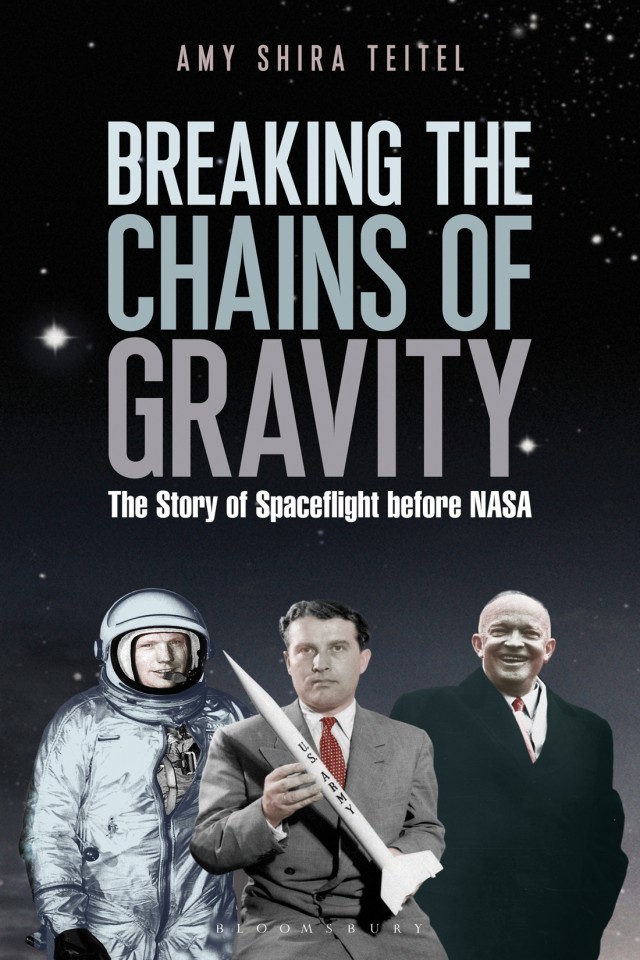

Most ebook files are in PDF format, so you can easily read them using various software such as Foxit Reader or directly on the Google Chrome browser.
Some ebook files are released by publishers in other formats such as .awz, .mobi, .epub, .fb2, etc. You may need to install specific software to read these formats on mobile/PC, such as Calibre.
Please read the tutorial at this link: https://ebookbell.com/faq
We offer FREE conversion to the popular formats you request; however, this may take some time. Therefore, right after payment, please email us, and we will try to provide the service as quickly as possible.
For some exceptional file formats or broken links (if any), please refrain from opening any disputes. Instead, email us first, and we will try to assist within a maximum of 6 hours.
EbookBell Team

4.7
36 reviewsThe revealing backstory of spaceflight before the establishment of NASA.NASA's history is a familiar story, culminating with the agency successfully landing men on the moon in 1969, but its prehistory is an important and rarely told tale. Breaking the Chains of Gravity looks at the evolving roots of America's space program--the scientific advances, the personalities, and the rivalries between the various arms of the United States military.
America's space agency drew together some of the best minds the non-Soviet world had to offer. The National Advisory Committee for Aeronautics and the U.S. Air Force, meanwhile, brought rocket technology into the world of manned flight. The road to NASA and successful spaceflight was paved by fascinating stories and characters. At the end of World War II, Wernher von Braun escaped Nazi Germany and came to America where he began developing missiles for the United States Army. Ten years after he created the V-2 missile, his Jupiter rocket was the only one capable of launching a satellite into orbit. NACA test pilots like Neil Armstrong flew cutting-edge aircraft in the thin upper atmosphere while Air Force pilots rode to the fringes of space in balloons to see how humans handled radiation at high altitude. After the Soviet launch of Sputnik in 1957, getting a man in space suddenly became a national imperative, leading President Dwight D. Eisenhower to pull various pieces together to create the National Aeronautics and Space Administration.